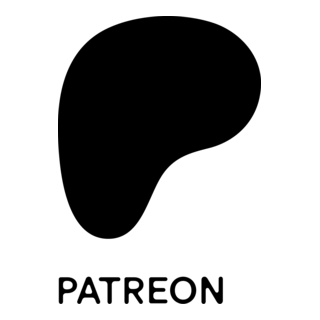Life After Service: Managing Depression in Retirement
Transitioning from military service to civilian life is one of the biggest adjustments a veteran will ever face. The discipline, camaraderie, and sense of mission that come with wearing the uniform often give way to an unstructured daily life that can feel isolating and disorienting. For many veterans, this shift can trigger or intensify depression. The good news is there are proven strategies and resources that can help manage these challenges and create a path toward healing and purpose.
1. Stay Connected With Others
Isolation is one of the most common contributors to depression. In the military, camaraderie is built into everyday life. After retiring, it’s important to seek out new communities. Veteran organizations like the American Legion, VFW, or Team Red, White & Blue provide opportunities for connection with fellow vets. Even beyond veteran circles, joining local clubs, volunteering, or participating in community activities can help maintain social bonds.
2. Establish a New Routine
The military is structured—wake-up times, training schedules, deployments, and missions. Retirement removes that framework, and the lack of structure can worsen depressive symptoms. Creating a personal routine that includes regular sleep, exercise, and daily goals helps restore a sense of order and control. Even small tasks, like morning walks or scheduled calls with family, can make a significant impact.
3. Prioritize Physical Health
The link between physical and mental health is well established. Regular exercise releases endorphins, which naturally combat depression. Activities don’t have to be intense—yoga, cycling, swimming, or simply walking can help. Nutrition also matters; diets high in processed foods and alcohol often worsen mood, while balanced meals with whole foods can support brain health. Veterans should also keep up with routine medical checkups to address any underlying conditions.
4. Seek Professional Support
Depression is a medical condition, not a sign of weakness. Counseling, therapy, or support groups can provide tools to manage symptoms. The VA offers mental health services specifically designed for veterans, and many communities provide free or low-cost counseling. For some, medication prescribed by a professional may also be a key part of treatment. Importantly, reaching out for help should be viewed as an act of strength, not failure.
5. Find a New Mission
Purpose is central to military life. Many veterans struggle with depression when they no longer feel they are serving a mission larger than themselves. Identifying a new sense of purpose—whether through work, volunteering, creative projects, or mentoring younger generations—can provide that much-needed direction. Even part-time or passion-driven work can bring meaning and fulfillment.
6. Practice Mindfulness and Stress Management
Techniques like meditation, deep breathing, or journaling can reduce anxiety and improve emotional well-being. Mindfulness-based practices teach veterans how to recognize negative thought patterns and regain perspective. While these may seem unfamiliar at first, many vets find them highly effective when incorporated into daily life.
7. Stay Alert to Warning Signs
Depression can escalate if left untreated. Warning signs include persistent sadness, loss of interest in activities, irritability, substance abuse, or thoughts of self-harm. Veterans and their loved ones should take these signs seriously and seek immediate help if needed. The Veterans Crisis Line (Dial 988, then press 1) is available 24/7.
Final Thoughts
Retirement from the military is not the end of purpose, connection, or growth—it’s the start of a new chapter. Depression may be part of the journey, but it does not have to define it. By building supportive communities, creating structure, seeking professional help, and finding new missions, veterans can manage depression and reclaim fulfillment in civilian life.
Above all, no veteran should feel they have to fight this battle alone. Just as no mission was ever accomplished in isolation, healing comes through reaching out, connecting, and embracing the strength that comes from shared experience.




